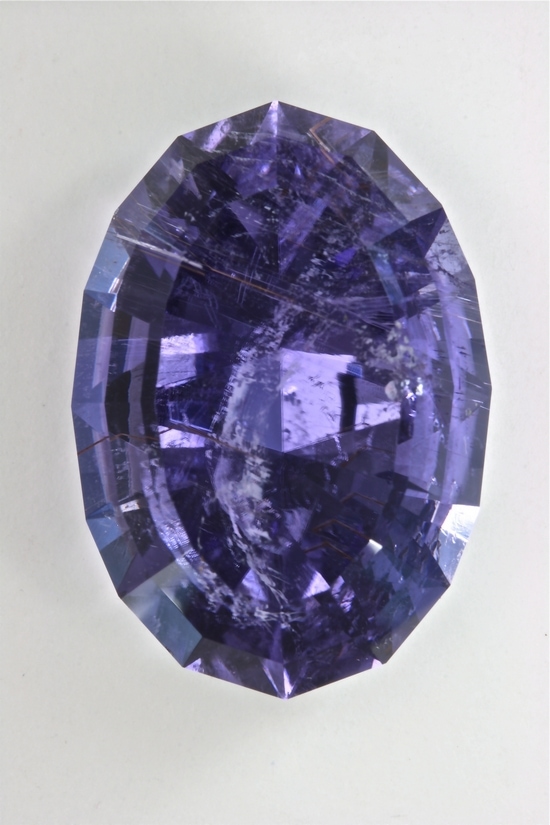In this post I will limit myself to a simple truth that has not been picked up by the internet and how it continues to propagate an older theory of color change that CAN NOT BE TRUE. I will not write about the proposed theory of why color change occurs in gemstones, because it still controversial, I expect, or at least not generally accepted. Also the new theory will be more fully dealt with in other posts.
The older theory that is universally propagated on the inter net (at least as far as I can tell) is simple and straight forward. You take a gemstone that has at least two different transmission peaks in the visible light range and two”white” lights, in particular natural light and incandescent light, with different ratios of red/blue light. If the ranges of visible light transmission peaks are appropriate for a different color to completely dominate the gemstone under each of the two different “white lights”, it is called a color changer. The change is always to a warmer/redder color under incandescent/artificial light because it has much more red in it than natural light and cooler/bluer color under natural light because of its bluer nature.
When I first discovered the reverse alexandrite color change effect in a gemstone I cut from cuprian (I did not know it contained copper at the time) tourmaline, I obtained from Mozambique, I was amazed. I had never read or seen anything about such a color change. I did not realized until after the color change was verified by the Gem Institute of America and further color studies were run by an independent expert that this reverse alexandrite color changer was a “smoking gun”. By “smoking gun” I mean that Laurellite’s (a name I have given the new variety of Elbaite tourmaline) color change from a purple (warmer color) in natural light to a blue (cooler color) in incandescent light has killed the older simple model of color change in not just gemstone, but all materials. No matter how perfectly the old model/theory of color change seems to explain the colors of ruby, alexandrite and emerald, (The universally used examples of color production and color change in gemstones.), IT CAN NOT BE THE COMPLETE TRUTH.

